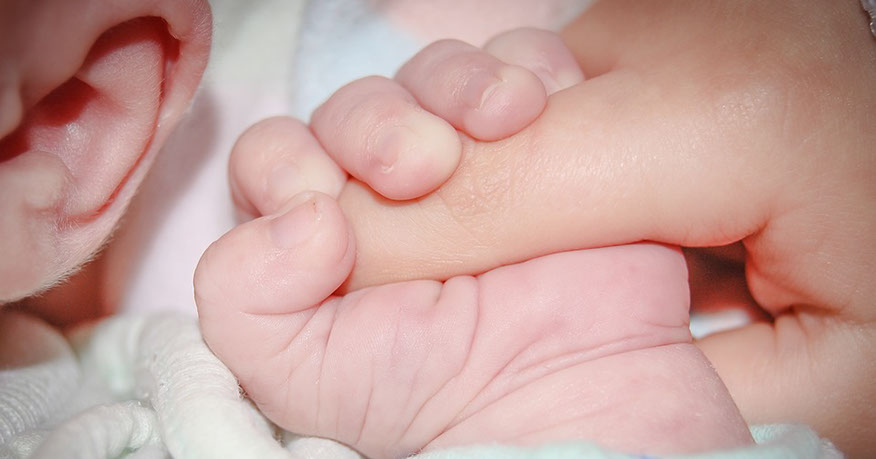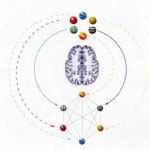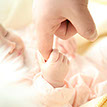

"Look into my eyes… You won’t feel a thing" - Article explains how hypnosis works
There is evidence that “hypnobirthing” works. At the University of Florida, Professor Paul Schaubel and his colleagues showed how women who learnt
self-hypnosis before giving birth needed less medication, had fewer complications and were more likely to deliver healthier babies. They also suffered less stress and anxiety in the weeks before birth.
Continue Reading >

Newsweek: Have It Your Way: Redesigning Birth
Water birth, home birth, Hypnobirthing – when Marion McCartney started as a nurse-midwife 30 years ago, none of those were popular, and birth was just birth. Women didn’t get to choose their method of labor. If they were lucky, their doctors let them choose who stayed beside them as they pushed. “It was a medical event, not a personal experience,” McCartney says. “Women were chaining their husbands to the delivery table so they’d be allowed to stay in the room. They didn’t have any control.”
Continue Reading >

"I had a baby under hypnosis" – DailyMail covers HypnoBirthing
Twenty four hours after going into labour, I gave birth. For delivery I used the technique ‘breathing the baby down’. I just imagined breathing the baby out. In the end I gave birth in my lounge, squatting down on some duvets and plastic sheeting. I didn’t tear. It just felt so natural, the way it’s meant to happen. When Lana was born I put her straight to my breast and she licked me like a cat. She was perfect. She started feeding the next morning.
Continue Reading >

Daily Mail: "I swore I’d never be there, but my baby’s birth was mesmerizing"
Ms Mongan, by contrast, insisted that “men do feel wonderful” being present at the birth, and that being on hand is, “part of completing what you started as a couple” and that my prespositionedence was necessary to pass on the right “energy” to the child.
Continue Reading >

WebMD: Hypnosis in the Delivery Room
Breakey used HypnoBirthing® for two of her three children. HypnoBirthing® teaches women how to hypnotize themselves to manage their labor, helping them to relax and let their bodies take over. The theory is that, in the absence of fear and tension, severe pain does not have to accompany labor. In this calm state, endorphins — naturally occurring chemicals in the body that can relieve pain — replace the stress hormones that contribute to pain, proponents say.
Continue Reading >

HypnoBirthing: "No Swinging Watch or Pain"
Jessica Alba, Pamela Anderson Chose Mind of Matter to Create Calm Labor and Birth.
In Marie Mongan’s day, child birth meant a sterile, medicalized birth with drugs, and if you happened to be awake, lots of painful pushing. “Most women were totally anesthetized and out cold, and their babies were taken from them with forceps, except for the very few who didn’t make it to the hospital and had them by the side of the road,” said Mongan, now 77.
Continue Reading >

Hypnosis and the natural birth debate: More and more women are opting to give birth under self hypnosis, but does it work?
When she recalls giving birth to her first child, Victoria Parrott sounds as if she is describing nothing more taxing than having a manicure.
The 33-year-old sales account manager not only gave birth to her daughter Martha without any pain relief, but says: 'I dozed off, because I was so relaxed.'
It is the kind of story that will raise the hackles of most mothers, especially those still haunted by lengthy labours spent in unimaginable agony or dogged by misplaced feelings of failure because they asked for pain relief - the only way to put an end to their torment.

Hypnobirthing - The Art to a Peaceful Birth
increasing number of midwives in the UK can now claim to have experienced the joy of attending a hypnobirth. Following a visit to their local birth centre, a midwife informed a couple how thrilled she was that they would be using HypnoBirthing@, as she and other midwives had witnessed many beautiful and peaceful births through this process.
Continue Reading >

Vitamin K at Birth: To Inject or Not
Newborn infants routinely receive a vitamin K shot after birth in order to prevent (or slow) a rare problem of bleeding into the brain weeks after birth. Vitamin K promotes blood clotting. The fetus has low levels of vitamin K as well as other factors needed in clotting. The body maintains
these levels very precisely.
Continue Reading >

To Clamp or not to Clamp?
After reading many pages about cord clamping, most expectant parents will be confused about what to tell their doctor or midwife regarding cord clamping. The normal, healthy newborn with millions of years of experience in its genetic code, clamps its own cord, usually within two to four minutes of birth. After natural closure, the doctor’s cord clamp may be safely applied. How does one know that the child has clamped all of the three cord vessels?